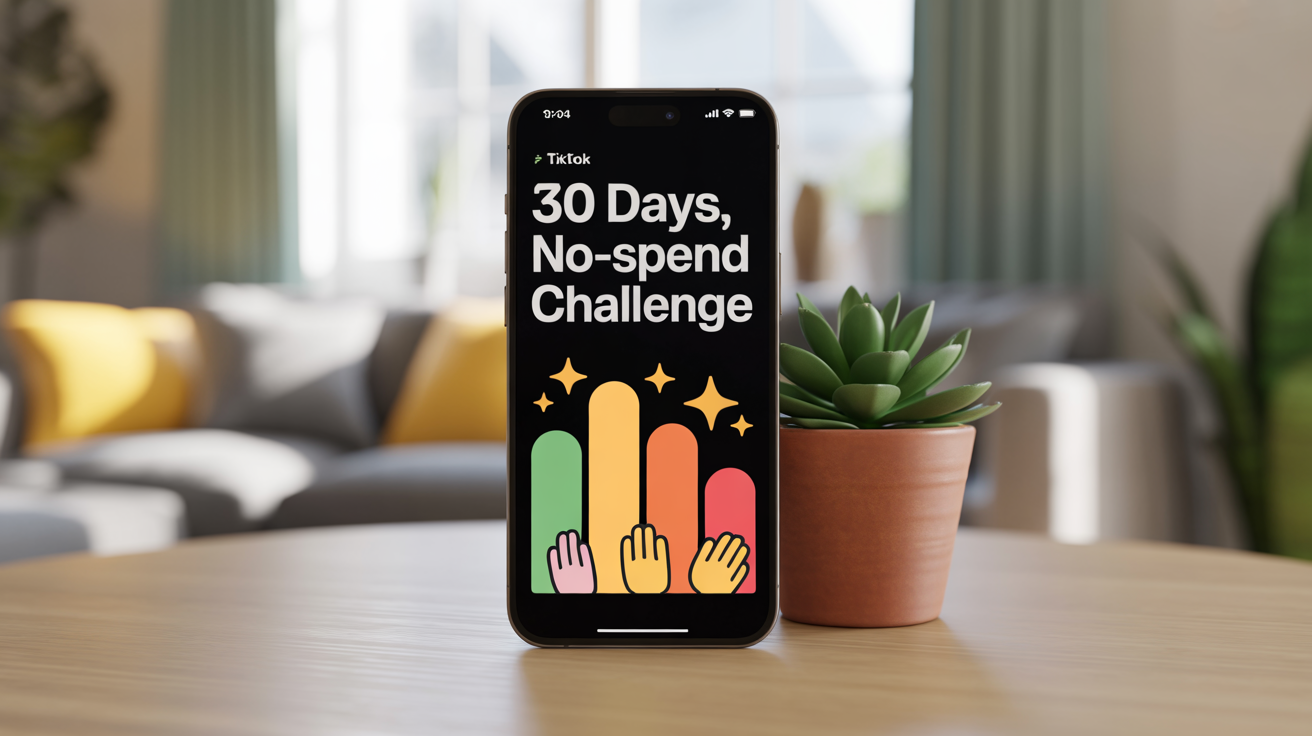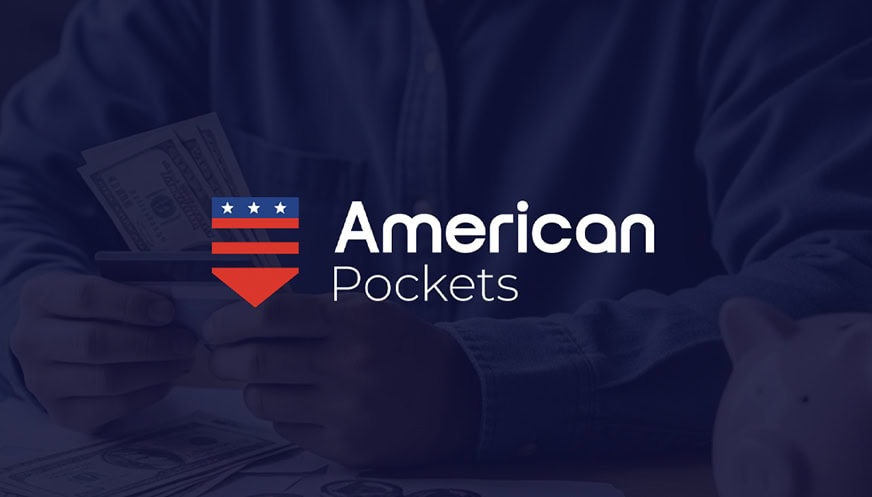What Exactly Is “The Great Lock-In”?
On paper, it’s simple: commit to a period of minimal spending. For some, that means 30 days of no non-essentials; for others, it’s a whole season of cutting back to rebuild savings or pay off debt.
But what makes this different from a traditional “no-spend month” is the vibe. The Great Lock-In isn’t about punishment — it’s about empowerment. It’s not “I can’t spend”; it’s “I choose not to.”
People are documenting their progress on TikTok with creative videos showing their “locked” budgets, home-cooked meals, or decluttering sessions. The comment sections are full of support and accountability — which is probably why it works better than doing it alone.
It’s the modern equivalent of a savings club, except instead of sitting in someone’s basement sharing envelopes of cash, you’re sharing wins online with strangers who get it.
Why the Trend Took Off
The timing isn’t random.
With prices rising on everything from groceries to rent, people are looking for ways to feel in control again. The Great Lock-In gives that control back, even in small ways.
Instead of scrolling through endless “haul” videos or falling into the “treat yourself” trap that leads to credit card guilt, this trend shifts focus to intentionality.
You stop chasing the next buy and start appreciating what you already have.
It’s also about energy — people are tired of constant consumption and the burnout it brings. The Great Lock-In feels refreshing because it creates space for quiet wins: cooking from what’s in your pantry, enjoying a walk instead of shopping, or simply watching your savings account grow.
And when those results are shared online, they snowball. Viewers see someone pay off a credit card or save $500 just by staying in — and they want to try it too.















